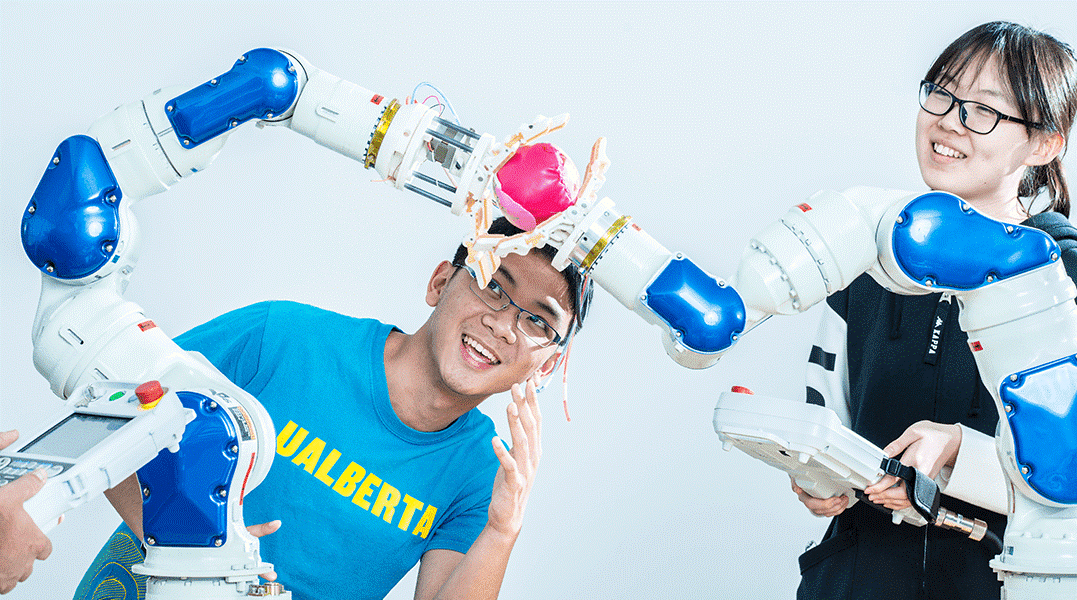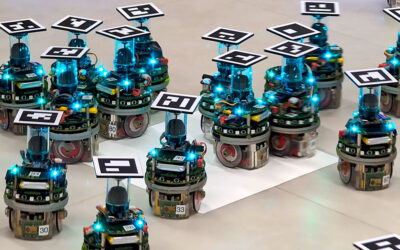The severity of the novel coronavirus (SARS-CoV-2) pandemic is unprecedented in modern history. With a current lack of any vaccine or proven antiviral treatment, the burden of prevention, containment, and mitigation of the outbreak has severely impacted healthcare delivery and has also come at great societal cost.
Intelligent robotic and autonomous systems, as well as smart wearables, can provide support for patients, healthcare workers, and the healthcare system both during this crisis and in the future. In terms of primary prevention and general healthcare support, remotely controlled mobile robotic platforms can significantly reduce the risk of infectious disease transmission to front-line healthcare workers by making it possible to triage and screen patients from a safe distance.
For helping the treatment of hospitalized COVID-19 patients in acute and emergency care, similar systems can allow healthcare workers to remotely, and with minimal use of PPE, monitor and control medical equipment attached to patients in intensive care units. This can be very helpful as the risk of acquiring COVID-19 is particularly high for healthcare workers in ICUs. Furthermore, automation technologies can be used to assist with any other task that is labor-intensive, time-consuming, and repetitive and is currently done manually by healthcare workers who are battling fatigue. For instance, a mobile robot can be deployed to autonomously disinfect and clean healthcare facilities or distribute healthcare materials and medications.
The all-out war on the COVID-19 pandemic has come at the cost of extreme social isolation including pausing or severely limiting outpatient, home, and long-term care. This has a particularly significant impact on the elderly, people with chronic conditions, and people with special needs. Robotic technologies can be applied to continue routine healthcare activities such as rehabilitation, assistance, or assessment for this population. Also, social robots such as interactive pet-like toys can improve the mental health and well-being of those in quarantine or isolation by making them less lonely and more socially engaged.
Yet another application of robotic systems is in continuing the medical education and training of the healthcare staff. During this pandemic, there has been a large number of false-negative results for swab tests due to improper swabbing. Using a medical simulator, a trainee can be better trained through wearable and augmented-reality technologies to properly swab the necessary area.
The challenges presented during the COVID-19 pandemic should serve as a catalyst to prompt discussions about innovative uses of robotics and wearable technology, reconsidering the paradigms of how healthcare is delivered, and understanding the importance of funding innovation both privately and publicly well in advance of a crisis.
When we emerge out of this pandemic, these new technologies and paradigm changes deserve continued attention, research, and implementation. There needs to be a recognition that wearable and robotic technologies combined with machine intelligence and autonomy have excellent potential for meeting the healthcare systems need for safer, more robust, and more efficient delivery of care to everyone.
Reference: M. Tavakoli, J. Carriere, A. Torabi. ‘Robotics, Smart Wearable Technologies, and Autonomous Intelligent Systems for Healthcare During the COVID-19 Pandemic: An Analysis of the State of the Art and Future Vision.’ Advanced Intelligent Systems (2020). DOI: 10.1002/aisy.202000071

















